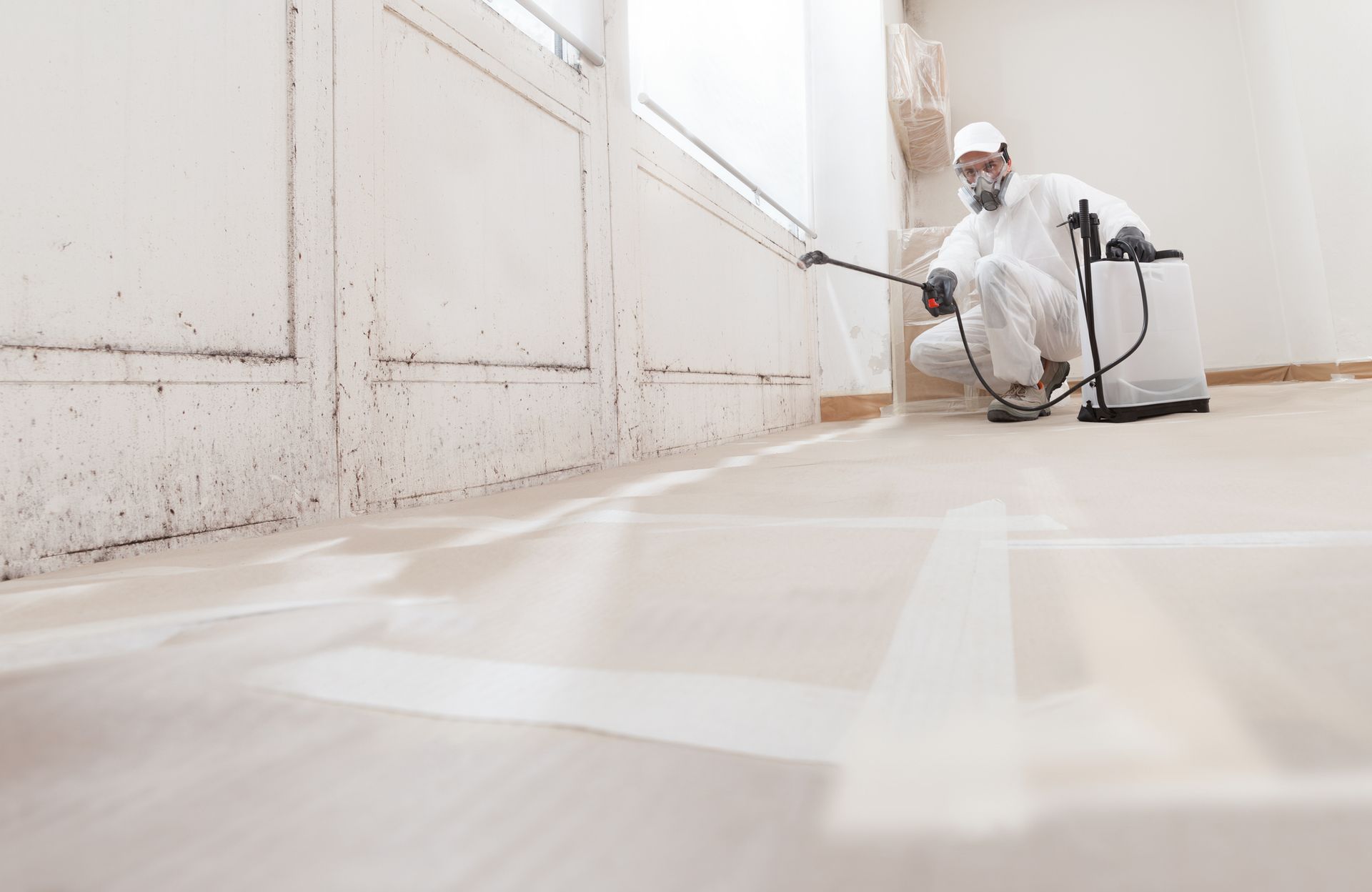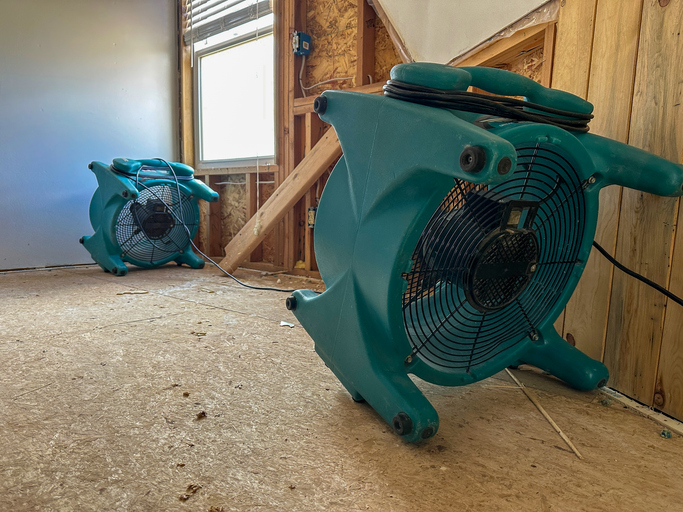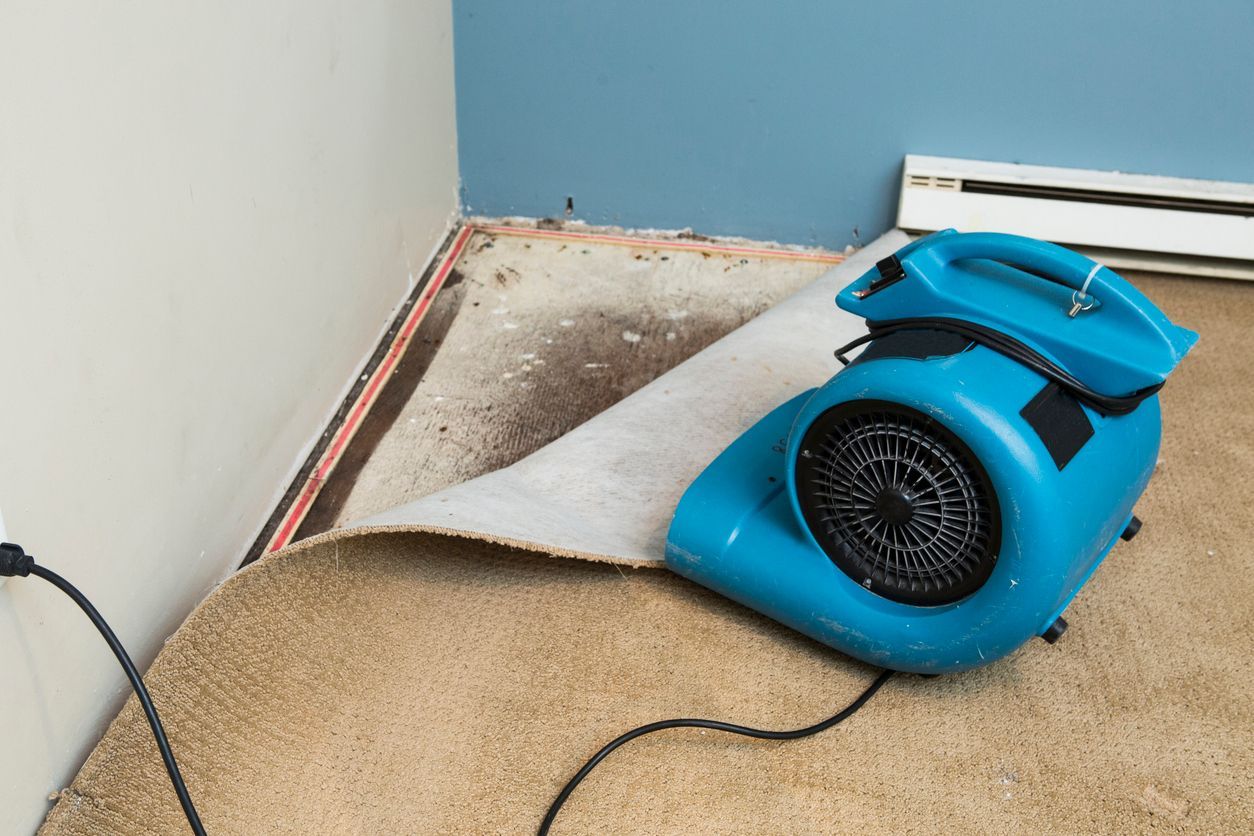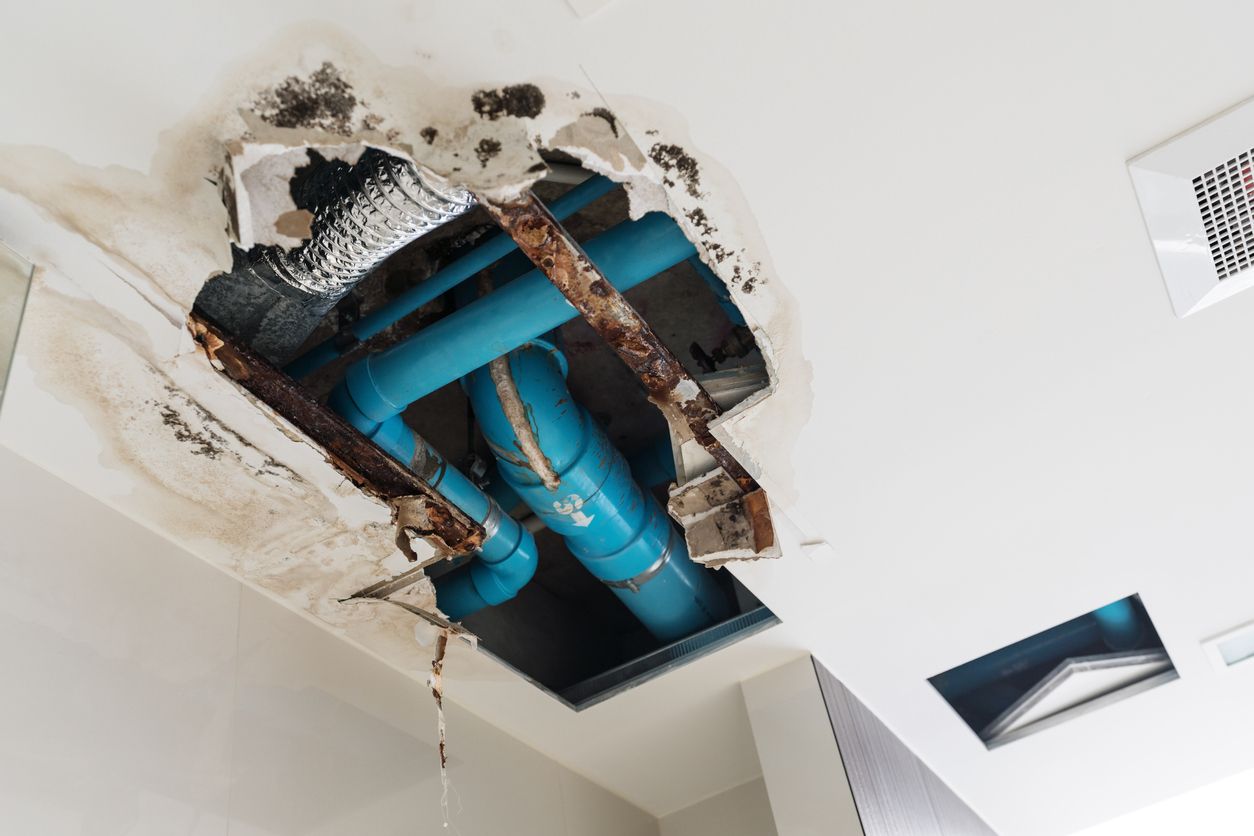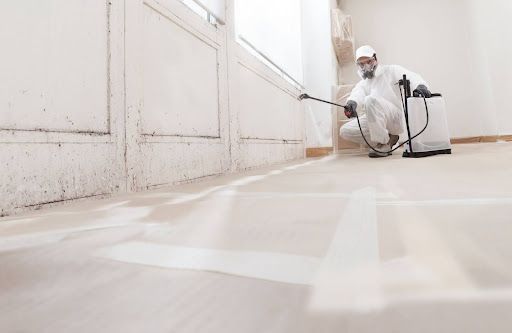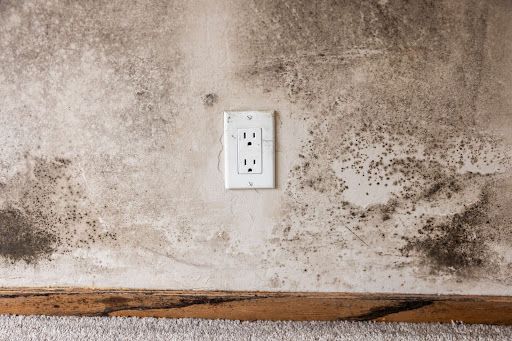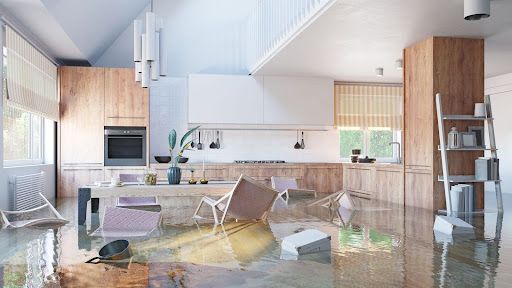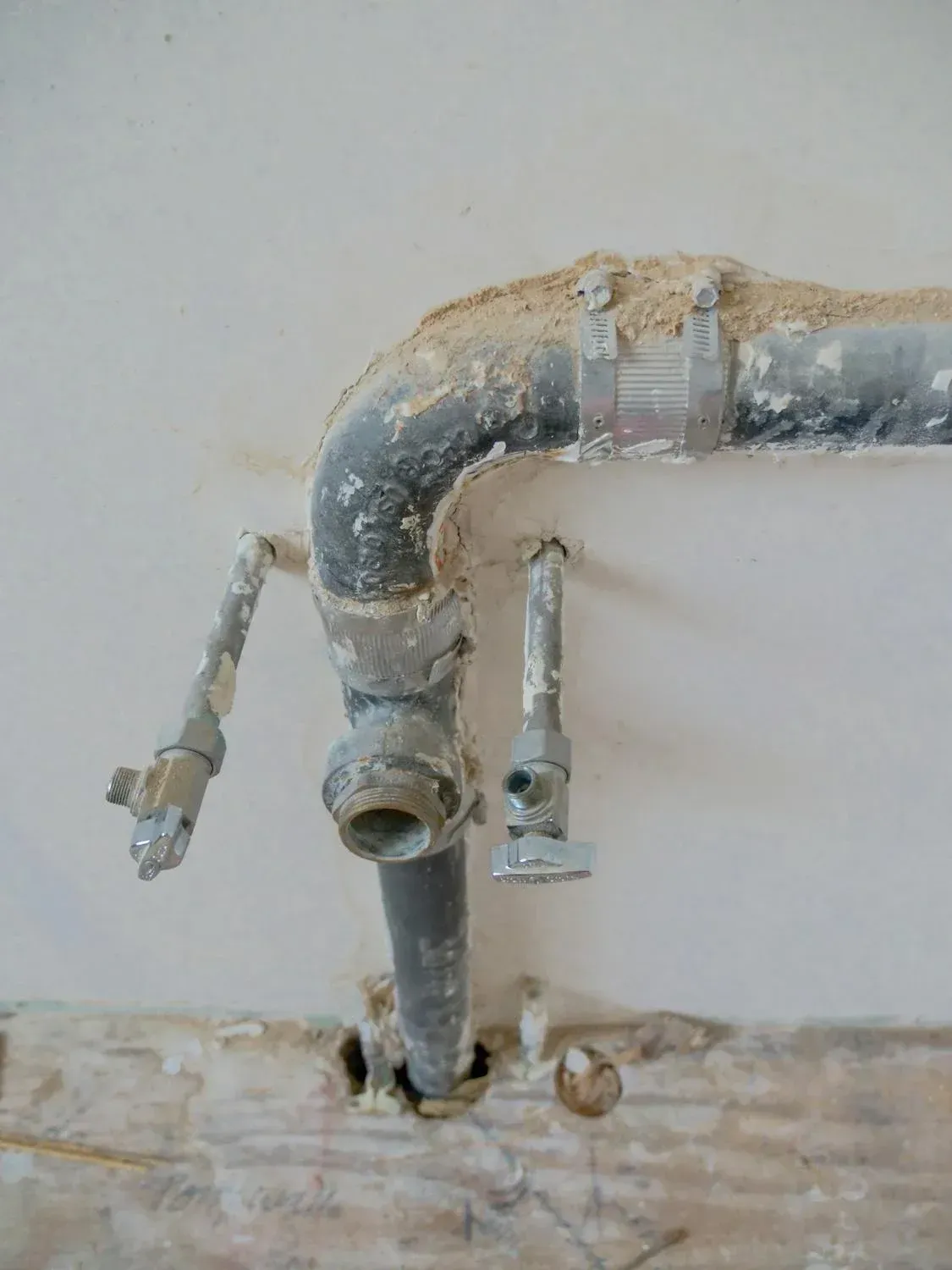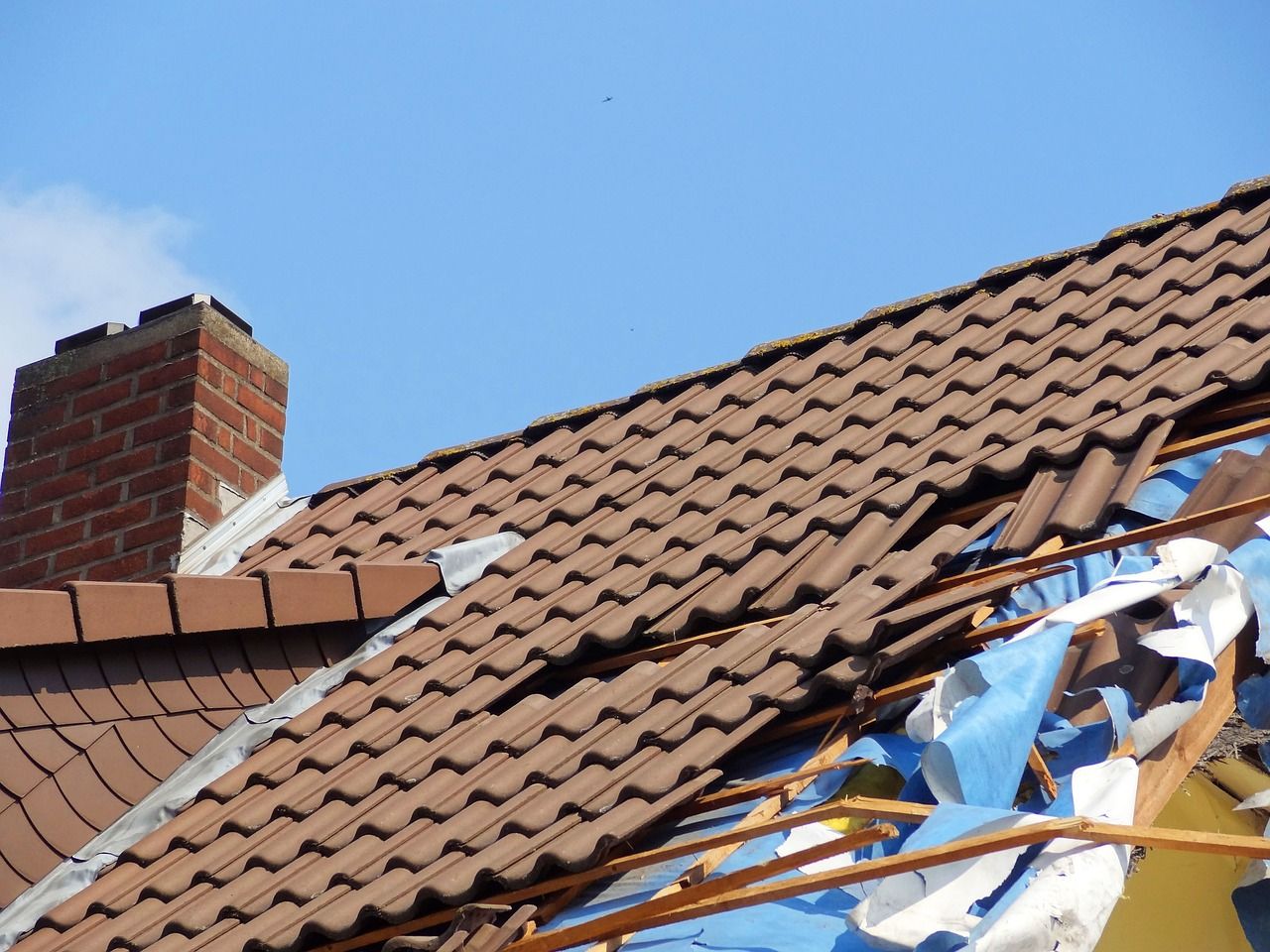Effective Steps to Dry Out Walls After Water Damage
Water damage can lead to serious issues if not addressed promptly. Drying out walls quickly is important to prevent mold growth and further structural harm. One of the first steps to take is to seek professional assistance for water damage cleanup. This approach will thoroughly address the problem. You can also take several steps on your own to speed up the drying process and safeguard your home. Let's go over practical methods to help you dry out walls safely and effectively.
Identifying Signs of Water Damage
Water Stains and Discoloration
Water stains and discoloration are among the most visible signs of water damage. You might notice brown or yellowish stains on your walls or ceilings, which usually indicate moisture buildup. These stains often spread out over time if the issue isn’t addressed. Water can seep into the drywall, causing the surface to bubble or peel. Discolored spots can appear anywhere but are more common in basements, bathrooms, or kitchens. These areas tend to have more moisture due to plumbing fixtures and appliances that use water.
Damp or Musty Smell
A damp or musty smell is another sign of water damage that should never be ignored. When water soaks into walls, it creates an environment where mold and mildew can thrive. This growth often produces a strong, unpleasant odor. Even if the water damage isn’t visible, the smell can alert you to a hidden issue. The odor is usually strongest in areas like basements or crawl spaces where airflow is limited. If you notice this smell, it’s important to act quickly to find the source of moisture and address it before the problem worsens.
Immediate Steps to Take
Stopping the Water Source
The first and most important step in addressing water damage is to stop the water source. If the problem is caused by a burst pipe or a leaking appliance, turn off the main water supply to your home. This will prevent further damage from happening. In cases where water comes from natural flooding, it’s important to wait until conditions are safe before attempting any action. Stopping the water source quickly limits the spread of moisture and can reduce the overall damage to your walls and other structures in your home.
Removing Damaged Materials
Once the water source is under control, the next step is to remove any damaged materials. Start by getting rid of wet insulation, drywall, or flooring that has been soaked. These materials can trap moisture and lead to mold growth if not removed. Make sure to wear gloves and proper protective gear when handling water-damaged materials, especially if there’s a risk of contamination. Carpets and rugs should also be taken out and dried or discarded if they cannot be salvaged. Clearing out these materials helps your walls dry faster and prevents further issues.
Drying Techniques for Wet Walls
Using Fans and Dehumidifiers
One of the best ways to dry out wet walls is by using fans and dehumidifiers. Fans help to circulate air and speed up the drying process. Place them near the wet areas to help evaporate moisture from the surface. Dehumidifiers are also important because they pull moisture from the air, preventing further humidity from affecting the walls. These machines are especially useful in enclosed spaces like basements, where ventilation is limited. Running both fans and dehumidifiers together can dry walls more efficiently and prevent mold from forming.
Opening Windows for Ventilation
Opening windows for ventilation is another simple yet effective way to dry wet walls. Fresh air helps to lower indoor humidity levels and allows moisture to escape. This method works especially well when combined with fans. By opening windows, you create a cross breeze that helps speed up the drying process. It’s important to open windows early after water damage is found to prevent dampness from spreading. However, be mindful of weather conditions; rain or high humidity outside can make the problem worse, so check forecasts before relying on this technique.
Preventing Mold After Water Damage
Using Mold-Resistant Products
To prevent mold after water damage, using mold-resistant products is a smart step. These products are designed to stop mold from growing on walls and other surfaces. You can apply mold-resistant paint or primer on your walls once they are completely dry. This extra layer of protection reduces the chances of mold spores taking hold. In areas prone to moisture, like basements or bathrooms, mold-resistant drywall or insulation can be installed. These materials are made to withstand damp environments and help reduce long-term risks.
Applying Mold Inhibitors
Applying mold inhibitors is another effective way to stop mold growth after water damage. Mold inhibitors are chemicals that can be sprayed directly on walls, floors, and other surfaces to prevent mold from forming. These sprays are easy to use and can be applied as soon as the area is dry. Mold inhibitors are especially useful in corners, crevices, and hard-to-reach areas where mold tends to grow. It’s a simple preventive measure that can save you from dealing with mold-related health issues or more costly repairs down the road.
When to Call a Professional
Signs You Can't Fix It Yourself
There are times when water damage is beyond what you can handle alone. One sign is when water has soaked into structural areas like beams or flooring. If you notice severe warping or if the damage has spread to large sections of your home, it’s best to call a professional. Another sign is if mold has already started to grow, which can pose serious health risks. Also, if water damage comes from sewage or contaminated water, professionals should be contacted immediately to ensure the area is cleaned safely.
Avoiding Long-Term Damage
Calling a professional can help prevent long-term damage that might not be obvious at first. Even if the walls appear dry, moisture can linger in areas like insulation or behind drywall. This hidden moisture can lead to mold, rotting, or weakening of your home’s structure over time. A professional will use tools to measure moisture levels and ensure the area is completely dry. By addressing water damage early and thoroughly, you can avoid costly repairs down the road and keep your home safe and sound.
Protecting Your Home After Water Damage
Water damage can happen suddenly. Acting quickly helps reduce the risk of mold and further damage. You can dry out walls with fans, dehumidifiers, and ventilation. However, it’s often best to get professional help for a thorough cleanup. Experts from Verg Restoration can spot hidden moisture and prevent long-term problems. By taking immediate steps and seeking help when needed, you can avoid structural damage. Quick action will also protect your home and keep it safe for years to come. Make sure to monitor the area afterward to catch any signs of trouble early.
